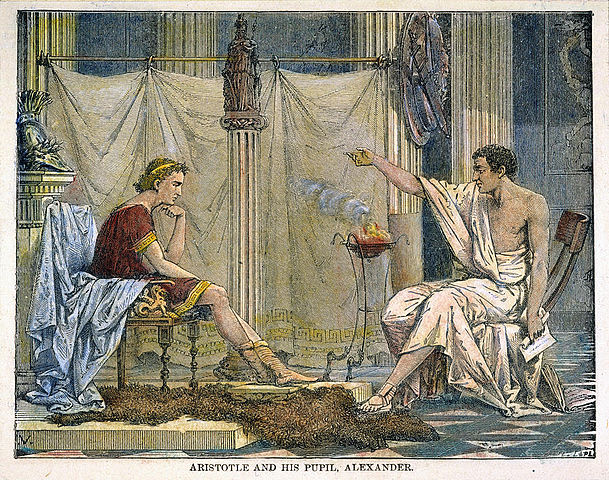The 3 Classic Communications Strategies That Still Matter Today
As PR professionals, we spend a lot of time keeping up with The Next Big Thing in communications strategies. For good reason – a Google algorithm or trending hashtag can make or break a campaign in today’s constantly-moving media landscape. In many ways, however, there’s nothing new about our jobs. Humans are communicators, and our the way we tell stories, transmit messages, and influence one another doesn’t change much.
The Art of Rhetoric
The foundations of what we now consider the art of persuasion was defined 2,300 years ago. Aristotle, pupil of Plato and tutor to Alexander the Great, is remembered as one of Western society’s first great orators. In between laying the groundwork for the next 2,000 years of scientific research and composing the first formal study of logic, he outlined classic communications strategies for effective speaking and messaging. His Art of Rhetoric describes three methods of persuasion – logos, pathos, and ethos – that a thought leader must rely on.
1. Logos
Unsurprisingly, people are persuaded by logical arguments and clear evidence. In American culture, fact-based decision-making is highly valued, and it’s the persuasive strategy most of us learned in school. In marketing, we might point out tests or studies where our product excelled, thus logically demonstrating that it’s the best option for consumers.
2. Ethos
Logic and facts are useless, however, if the audience doesn’t trust the speaker. Ethos represents the need to establish a speaker’s credibility. The words of Jane Smith, Chief Environmental Officer at Eco-Green Company, Inc. carry a lot more weight than those of Jane Smith, the headshot at the bottom of this guest post. While credibility is often derived from expertise, it can also come from endorsements or recommendations, or evidence that the speaker is a good or deserving person.
3. Pathos
It’s tempting to believe that most decision-making is guided by reason, but any communications pro can tell you that emotion is equally important. The most effective speakers, writers and artists make their audience sigh, laugh, smile and cry. The use of pathos relies on eliciting those emotional reactions in the process of persuasion.
If the ethics of native advertising have your brain in a twist, or your contacts have dried up from staring at serifs, stop. Take a step back and make sure your message follows these classic communications strategies by being logical, credible, and emotionally appealing. In 2,000 years, the rest will be window dressing.[/text_dd]
[/column_dd]
[/section_dd]
